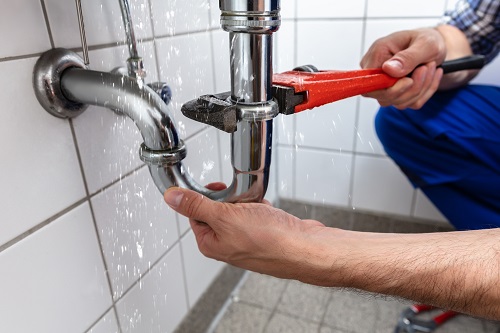An instrument that measures the linear, nonlinear, mass or volumetric flow rate of a liquid or a gas is the flow meter. Further, the flow measurement is essential to many various fields and industries especially to power, oil, waste treatment or water. It is because these industries require an exact amount of fluid that passes through a point at any given point. Thus, flow meters helped in determining the amount of fluid that passes through to learn the bill or money that needs to be billed.
Upon choosing the flow meter which you are about to use, the considerations you need to look for are: intangible factors as familiarity of plant personnel, their experience with maintenance and calibration, spare parts availability, and mean time between failure history, etc. at a specific site, if there is any. If these steps are taken, the cost of installation may now be computed, as recommended by experts. The inexpensive purchase of flow meter device may result in improper performance of the instrument. Which is why you need to know the different types of flow meters together with its function to know what you needed the most.
Differential Pressure Flow Meters
In terms of differential pressure flow meter, in a differential pressure drop, upon measuring the pressure drop over an obstruction that is inserted in the flow, it is how the flow is calculated. This type of flow meter operates by restricting the cross-sectional area within the flowing fluid. By doing this, in limiting the flow area causes a pressure drop across the constriction. The change of fluids velocity causes a pressure drop.
This type of flow meter is referred on the Bernoulli Equation in which the pressure drop and the further measured signal is a function of the square flow speed. Commonly, the types of differential pressure flow meters are Orifice Plates, Flow Nozzles, Venturi Tubes, and Variable Area – Rotameters.
Positive Displacement Flow Meters
The positive displacement flow meter is the only family of flow meters which directly measure the volumes of fluid that passes through the pipe. It is possible by giving a specific amount of liquid with each rotation of the meter. This type of flow meter is very accurate regardless of the fluids viscosity, velocity, density, or temperature. With the accuracy and its user-friendly trait of the flow meter, the positive displacement type is commonly used for domestic water measurement.
In this type, the flow meter measures process fluid flow through precision-fitted rotors. It serves as a flow measuring element already. Its known and fixed volumes are already displaced between the rotors. The rotations of the rotors are proportional most notably to the volume of the fluid which is being replaced. Further, there are several ways of doing positive displacement rotor construction.
Open Channel Flow Meters
The open channel flow meter occurs when the part of the flowing fluid is opened to the free surface. With this, the cross section of the flow is determined through the depth or shape of the channel or pipe wherein the fluid is flowing. It makes it difficult to calculate the flow compared to fixe area flows just like pressurized pipe flow for instance. Further, the same with other flow meter type, there are also different types of open channel meters: flumes, Weir, and Sluice Gate.
It occurs when the flowing stream has a free or unconstrained surface that allows open access to the atmosphere. The best examples for this are the flows in canals or vented pipelines just like drains and sewers which are not fully flowing.
Electromagnetic Flow Meters
Within an electromagnetic flow meter, it operates on Faraday’s law of electromagnetic induction. It states that a voltage will be induced only when a conductor moves through a magnetic field. In this, the liquid serves as the conductor. On the other hand, the magnetic field is created by energized coils which are outside the flow tube. The voltage produced is going directly proportional to the flow rate. The two electrodes which are mounted in the pipe wall will detect the energy and be measured by a secondary element.
This type of flow meter can measure corrosive and difficult liquids and slurries. Also, it can measure flow in both directions with an equal accurateness. The electromagnetic flow meter has a relatively high power consumption. Thus, it can only be used for electrical conductive fluids just like water.
Takeaway
It is always crucial to pick the needed flow meter for our own needs. Thus, take on the given guides on the differences between these various types to better select the flow meter that suits your need. It was mentioned that the inappropriate and less quality of flow meter reflects the performance it offers towards plumbers. The Smart Measurement Flow Meters offers the assured variety which you need.









